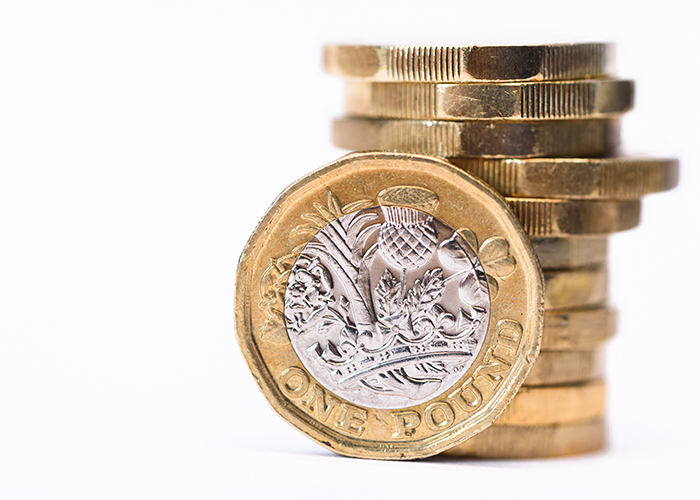DHSC tackles "inequitable" reimbursement patterns
In Analysis
Follow this topic
Bookmark
Record learning outcomes

By Arthur Walsh
The Department of Health and Social Care is looking to overhaul the way it reimburses pharmacies for dispensing, with measures aimed at tackling the ‘inequitable’ division of medicine margin between contractors among its proposals.
A DHSC consultation on community pharmacy reimbursement reforms was launched on Tuesday July 23, one day after the details of the Community Pharmacy Contractual Framework were announced. It closes on September 17.
The DHSC said the proposed eight reforms aim to provide value for money to the NHS and taxpayers, improve pharmacy contractors’ cash flow and remove “perverse incentives” to purchase medicines at above the lowest possible cost.
“Distorting effect” of branded generics
Branded generics and the “distorting effect” they have on purchasing patterns are among the issues addressed in the consultation. These medicines are reimbursed according to the manufacturer’s list price, which the company may set below the Category M reimbursement price.
When they choose to do so, this makes the medicines “appear cheaper” and “encourages CCGs and prescribers to prescribe the product by brand rather than generically,” said the DHSC.
However, in reality the branded version “may well be more expensive to the NHS because it does not contribute as much to the £800m medicine margin under the Community Pharmacy Contractual Framework,” said the DHSC.
Where this occurs in a given CCG, contractors in that catchment area “do not have equitable access to medicine margin as they do not retain medicine margin on brands”.
It also means some CCGs have to contribute more than others to the DHSC’s retained margin, the department added.
The DHSC has proposed adding less margin to medicines “for which branded equivalents are available and that are priced below the generic medicine,” which it says would “add more medicine margin on all other Category M medicines”. It is also consulting on plans to split the deduction scale into separate generic and branded streams.
One pharmacist said of the proposed changes on Twitter: “Hopefully this will stop CCGs stealing community pharmacy retained margin by implementing branded generic switches.”
‘No incentive to source at lowest price’
Other proposals in the consultation are aimed at ensuring value for money for the NHS and taxpayers. The DHSC said medicines that are not listed in the Drug Tariff and don’t carry a reimbursement price (such as pharmacy specials) provide little incentive for contractors to source economically.
In order to address this, the DHSC is proposing to include tablet and capsule specials in Part VIII of the Drug Tariff with a reimbursement price and margin, and for non-Part VIII specials has set out proposed options such as requiring contractors to seek three quotes.
Some proposals look at the way in which reimbursement prices are set in the first place. Where prices are decided based on suppliers’ list price, the DHSC proposes using information such as actual sales data or average weighted list prices. The DHSC said it had seen reimbursement prices for Category A medicines that were "ten times the price that the pharmacy contractor paid for the medicine”.
Manufacturers and wholesalers to lose out
In its impact assessment, the Government says that if its package of recommended measures is introduced, the “main affected groups” stand to be down an estimated average £245m a year.
“The monetised costs are comprised almost entirely of revenue costs to pharmaceutical manufacturers and wholesalers that would accrue if selling prices fall as a result of increased competition driven by the measures,” said the DHSC.
Meanwhile, wider society could benefit to the tune of a possible £580m a year “that could be generated from the reduced NHS expenditure”, it said.
